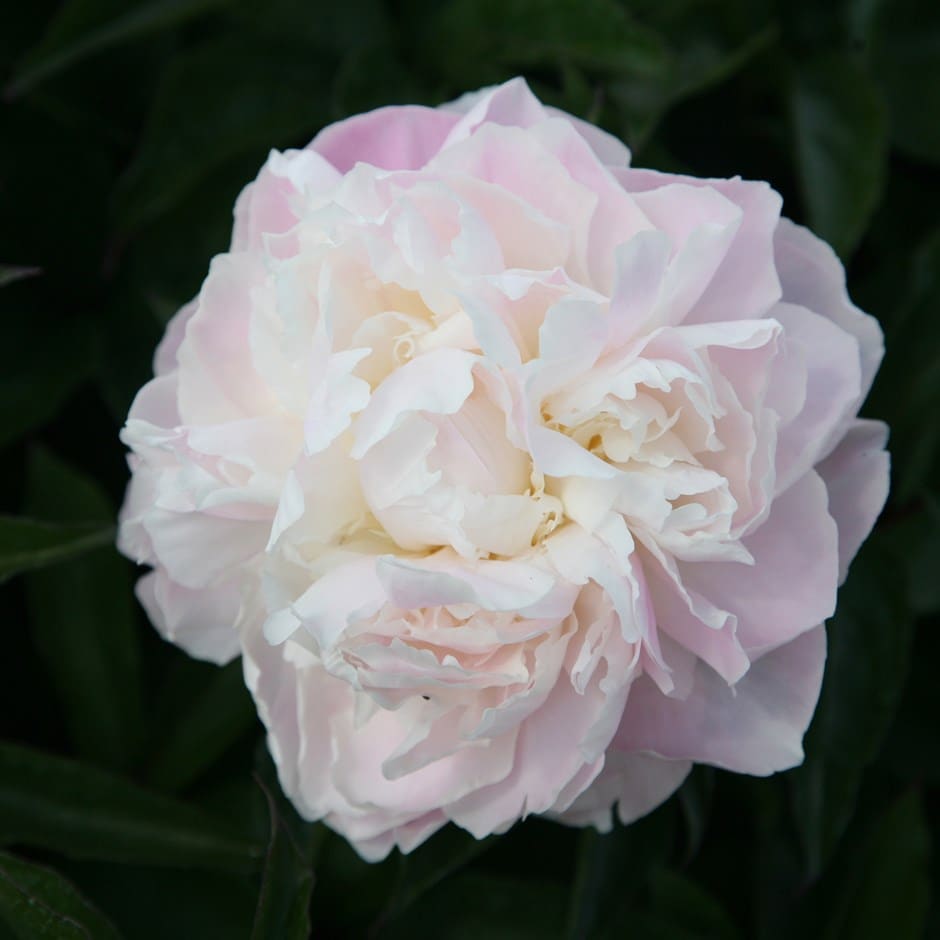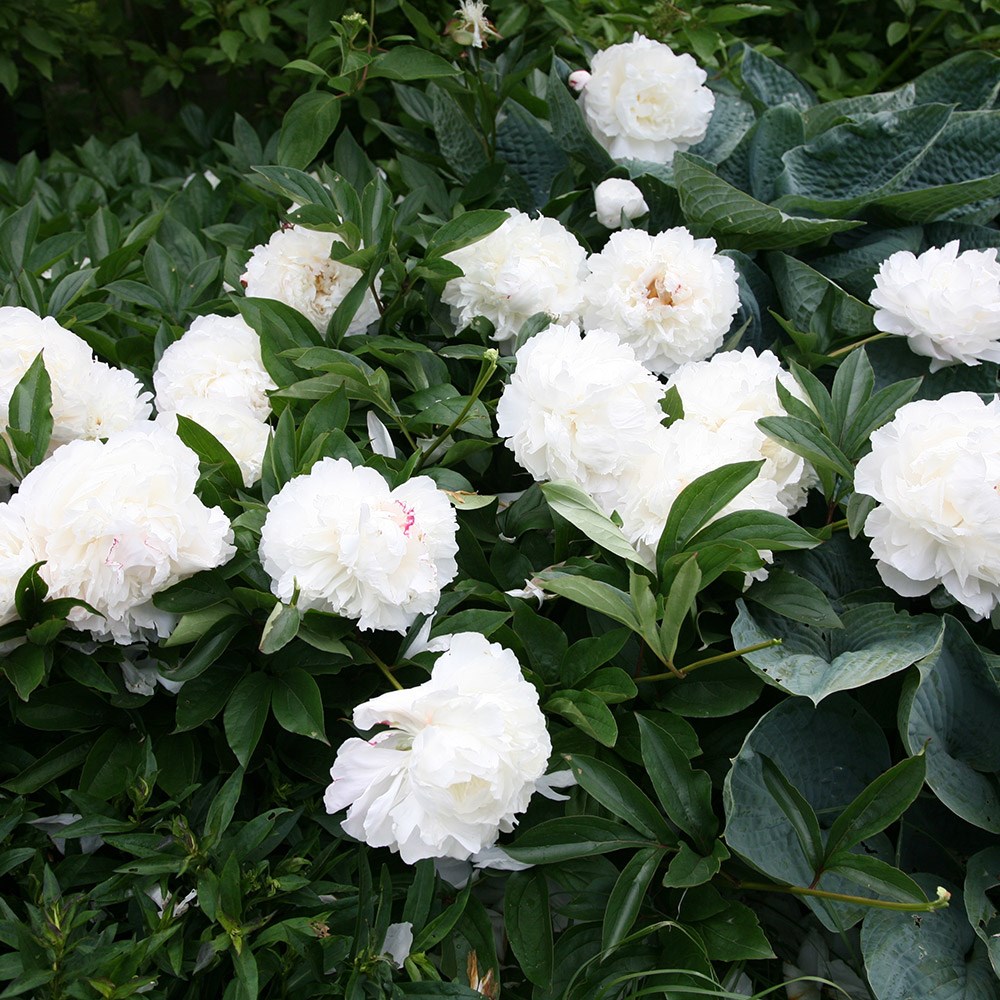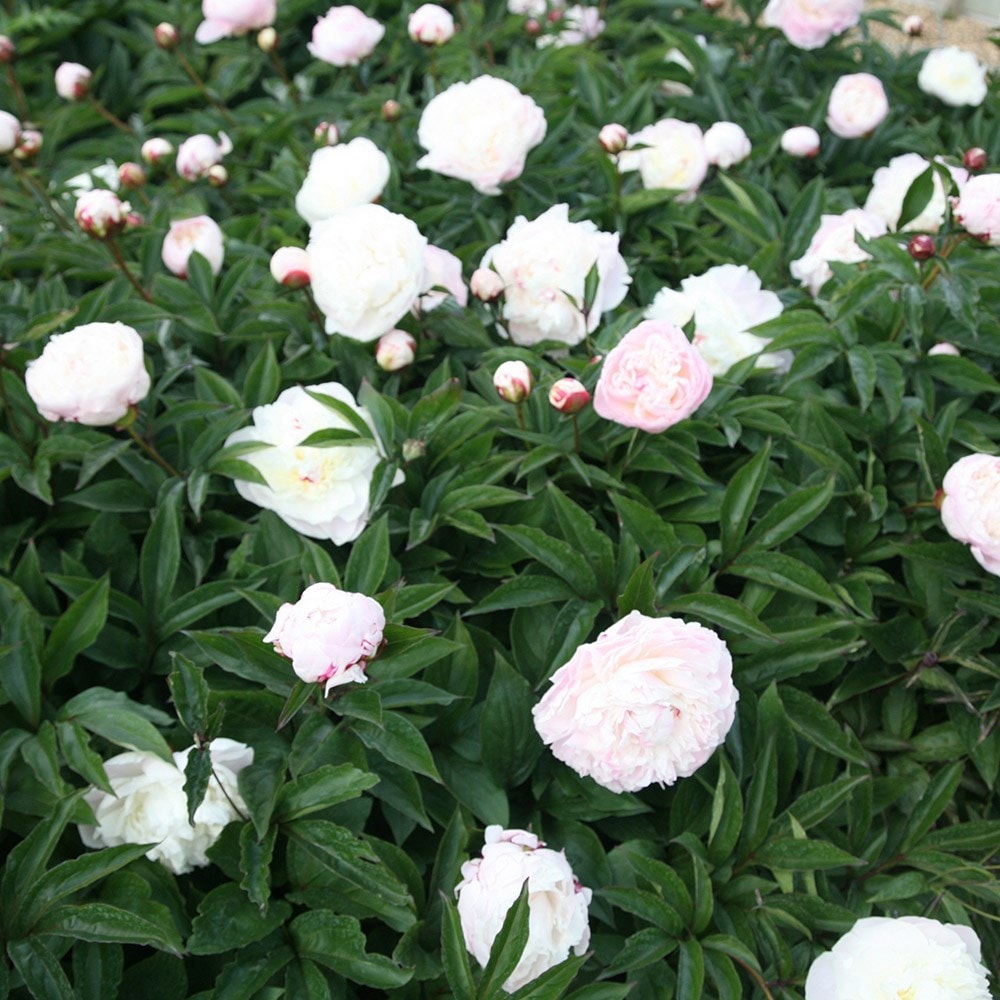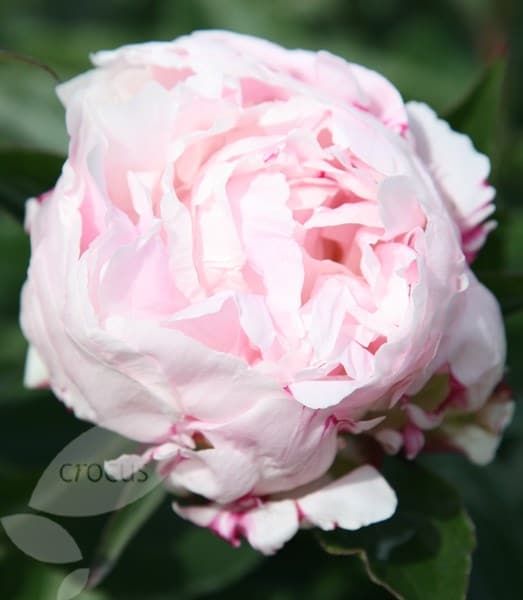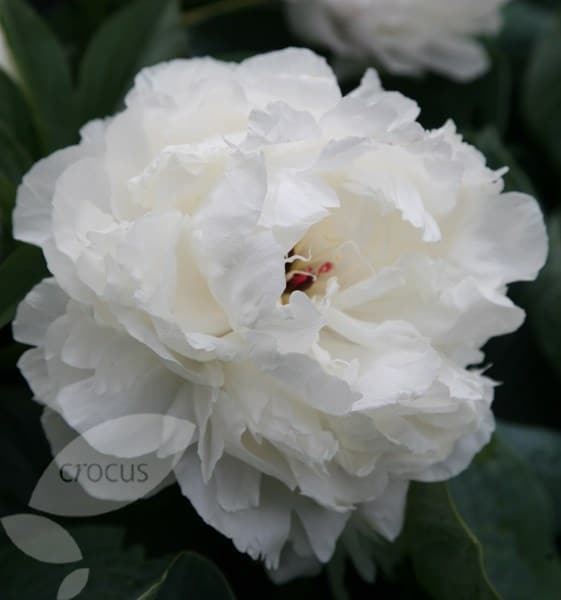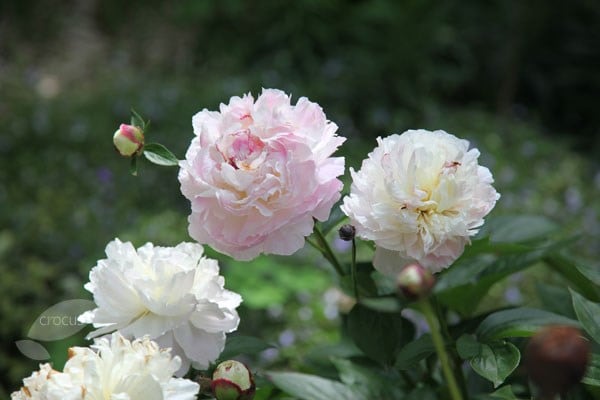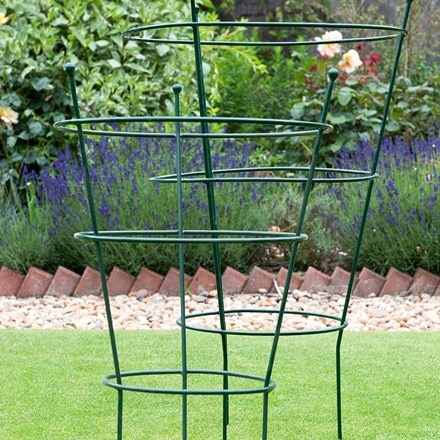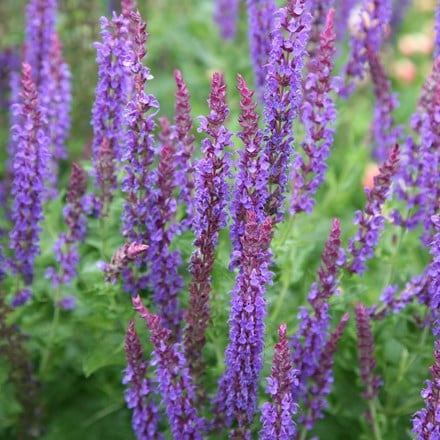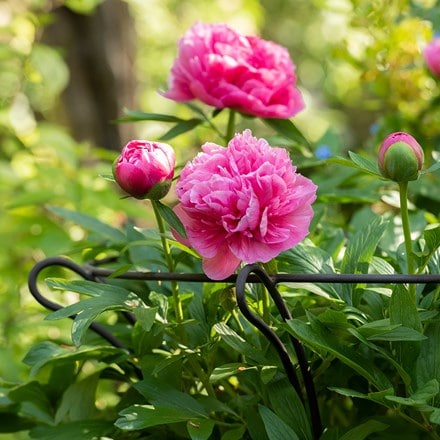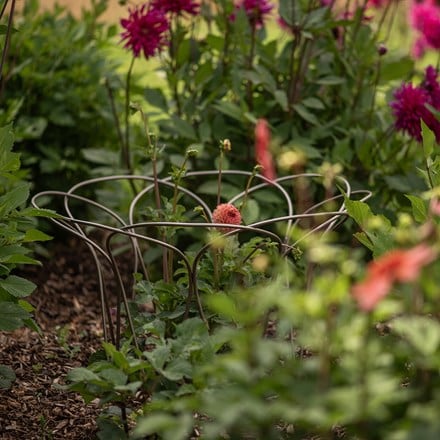Paeonia lactiflora 'Shirley Temple'
paeony or peony
Prized for their big, glamorous blooms and glossy, deeply cut foliage, peonies are held in deep affection by many gardeners, despite...
GOES WELL WITH
Cottage garden
The traditional cottage garden was an intensive, yet carefree mixture of fruit, vegetables, herbs and flowers all crowded into a tiny space. Today, this informal charm can be recreated using modern varieties that largely take care of themselves around an
Read full articleTown
Create an ‘outside room’ that overcomes the three challenges of shade, exposure and lack of space using uplifting, shade-tolerant shrubs, perennials and bulbs. A sense of seclusion can be achieved with decorative screens and trellis covered in deciduous,
Read full articlePeonies - magical plants in every sense
June captures the glorious moment when spring slides into summer, and it should be a sensational month of lengthy sun-kissed days - if the weather behaves. Lots of herbaceous plants are only in leaf with the promise of flower to come, but the herbaceous p
Read full articlePerennials for the cutting garden
At some stage in June, your garden will be a glorious affair full of scent and soft flower. Placing a posy from the garden, close to a family hub like the kitchen table, unites your home and garden as effectively as having a huge picture window. You don’t
Read full articleSimple but stylish protection
If rabbits, deer, squirrels or cats devour or scratch up your plants these wire mesh protectors will give them time to get established. The pyramid-shaped 'Rabbit Proof Cloche' and dome-shaped 'Squirrel Proof Cloche'
Read full articlePlanting companions for roses
Early flowering roses tend to come in shades of white, pink or purple-pink and most forms of the biennial foxglove, Digitalis purpurea, have toning flowers in similar colours. These appear in rose time, but carry on after the first rose flush has finished
Read full article


